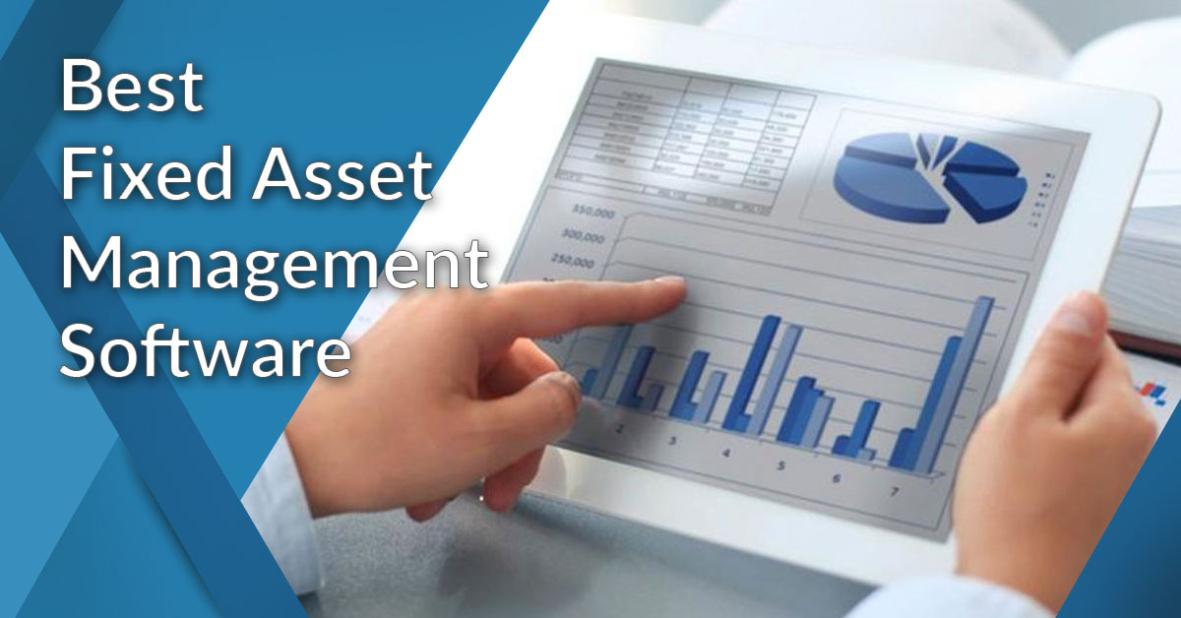How Can I Use Asset Management to Improve My Business's Financial Performance?
In today's competitive business landscape, optimizing asset management strategies is crucial for driving financial success. Effective asset management enables businesses to maximize the value of their assets, minimize costs, and enhance operational efficiency, ultimately leading to improved financial performance.

Importance Of Asset Management In Business
Assets are valuable resources that contribute to a business's operations and profitability. Proper asset management ensures that these assets are acquired, maintained, and utilized in a manner that aligns with the organization's strategic objectives. By implementing effective asset management practices, businesses can:
- Increase asset utilization and productivity
- Extend asset life expectancy and reduce replacement costs
- Optimize maintenance and repair expenses
- Enhance operational efficiency and minimize downtime
- Improve compliance with regulatory and safety standards
Overview Of The Benefits Of Effective Asset Management
Effective asset management offers a multitude of benefits that can positively impact a business's financial performance, including:
- Increased Revenue: By optimizing asset utilization and maximizing asset uptime, businesses can increase their production capacity and generate more revenue.
- Reduced Costs: Effective asset management helps minimize maintenance and repair expenses, extends asset life expectancy, and reduces the need for frequent asset replacements, leading to significant cost savings.
- Improved Cash Flow: Proper asset management practices can improve cash flow by optimizing asset utilization, reducing downtime, and ensuring that assets are disposed of at the right time and for the right price.
- Enhanced Risk Management: Effective asset management helps identify and mitigate risks associated with asset ownership and operation, reducing the likelihood of financial losses due to asset failure or obsolescence.
- Increased Asset Value: By implementing preventive maintenance strategies and extending asset life expectancy, businesses can maintain the value of their assets and maximize their return on investment (ROI).
Understanding Asset Management
Definition Of Asset Management
Asset management is the systematic process of acquiring, maintaining, and disposing of assets in a manner that optimizes their value and supports the achievement of an organization's strategic objectives.
Key Components Of Asset Management

Effective asset management involves several key components:
- Asset Identification and Classification: Identifying and classifying assets based on their type, function, and criticality.
- Asset Condition Assessment: Regularly assessing the condition and performance of assets to identify potential issues and prioritize maintenance needs.
- Asset Maintenance and Repair: Implementing preventive and corrective maintenance strategies to keep assets in good working condition and minimize downtime.
- Asset Replacement and Disposal: Determining the optimal time to replace or dispose of assets based on their condition, age, and technological advancements.
Asset Management Strategies For Financial Improvement
Optimizing Asset Utilization
Maximizing asset utilization is crucial for improving financial performance. This can be achieved by:
- Maximizing Asset Uptime: Implementing preventive maintenance strategies, conducting regular inspections, and promptly addressing any issues to minimize asset downtime.
- Minimizing Asset Downtime: Developing contingency plans for asset failures, having spare parts readily available, and cross-training employees to operate multiple assets.
- Improving Asset Efficiency: Optimizing asset utilization through process improvements, automation, and technology upgrades.
Enhancing Asset Life Cycle Management
Effective asset life cycle management can significantly improve financial performance:
- Implementing Preventive Maintenance Strategies: Regular maintenance and inspections can extend asset life expectancy and reduce the likelihood of costly breakdowns.
- Extending Asset Life Expectancy: Upgrading assets with new technologies, conducting regular maintenance, and operating assets within their recommended parameters can extend their useful life.
- Reducing Asset Replacement Costs: By extending asset life expectancy, businesses can defer replacement costs and allocate funds to other areas of the business.
Effective Asset Disposition
Proper asset disposition strategies can generate revenue and minimize losses:
- Identifying Underutilized or Surplus Assets: Regularly reviewing assets to identify those that are underutilized or surplus can free up resources and generate revenue through sale or disposal.
- Implementing Asset Sale or Disposal Strategies: Developing a structured process for asset sale or disposal, including marketing, negotiations, and legal considerations, can ensure maximum value recovery.
- Recovering Maximum Value from Asset Disposal: Utilizing online marketplaces, auction platforms, and professional asset disposal companies can help businesses recover maximum value from their surplus assets.
Asset Management Tools And Technologies
Asset Management Software Solutions
Asset management software can streamline and optimize asset management processes:
- Features and Benefits of Asset Management Software: Asset management software typically offers features such as asset tracking, maintenance scheduling, inventory management, and financial reporting. These features can help businesses improve asset utilization, reduce maintenance costs, and make informed asset-related decisions.
- Selecting the Right Asset Management Software: When selecting asset management software, businesses should consider factors such as the number of assets, industry-specific requirements, scalability, and ease of use.
Predictive Maintenance Technologies
Predictive maintenance technologies can further enhance asset management:
- Overview of Predictive Maintenance: Predictive maintenance involves monitoring asset condition data to identify potential issues before they occur. This data can be collected through sensors, IoT devices, and other monitoring systems.
- Benefits of Implementing Predictive Maintenance: Predictive maintenance can help businesses prevent asset failures, reduce downtime, optimize maintenance schedules, and extend asset life expectancy.
Case Studies And Success Stories
Numerous businesses have successfully improved their financial performance through effective asset management:
- Case Study: Manufacturing Company Improves Asset Utilization: A manufacturing company implemented an asset management system that tracked asset utilization and identified underutilized assets. By reallocating these assets to more productive areas, the company increased its production capacity and revenue.
- Success Story: Transportation Company Reduces Maintenance Costs: A transportation company implemented a predictive maintenance program that monitored the condition of its vehicles. This program identified potential issues early on, allowing the company to schedule maintenance before breakdowns occurred. As a result, the company significantly reduced its maintenance costs and improved vehicle uptime.
Effective asset management is a strategic approach that can significantly improve a business's financial performance. By optimizing asset utilization, enhancing asset life cycle management, implementing effective asset disposition strategies, and leveraging asset management tools and technologies, businesses can maximize the value of their assets, reduce costs, and drive sustainable financial success.
YesNo

Leave a Reply